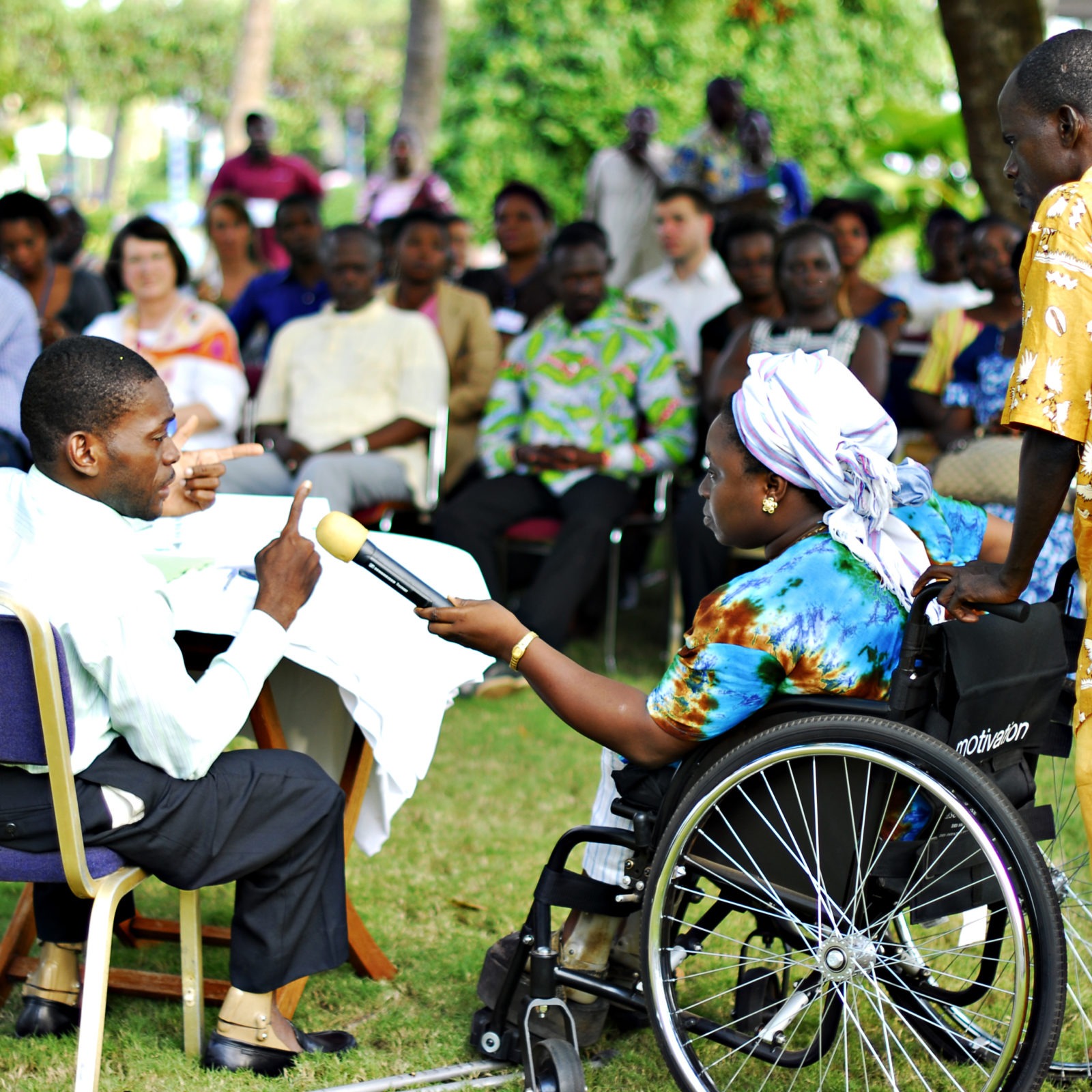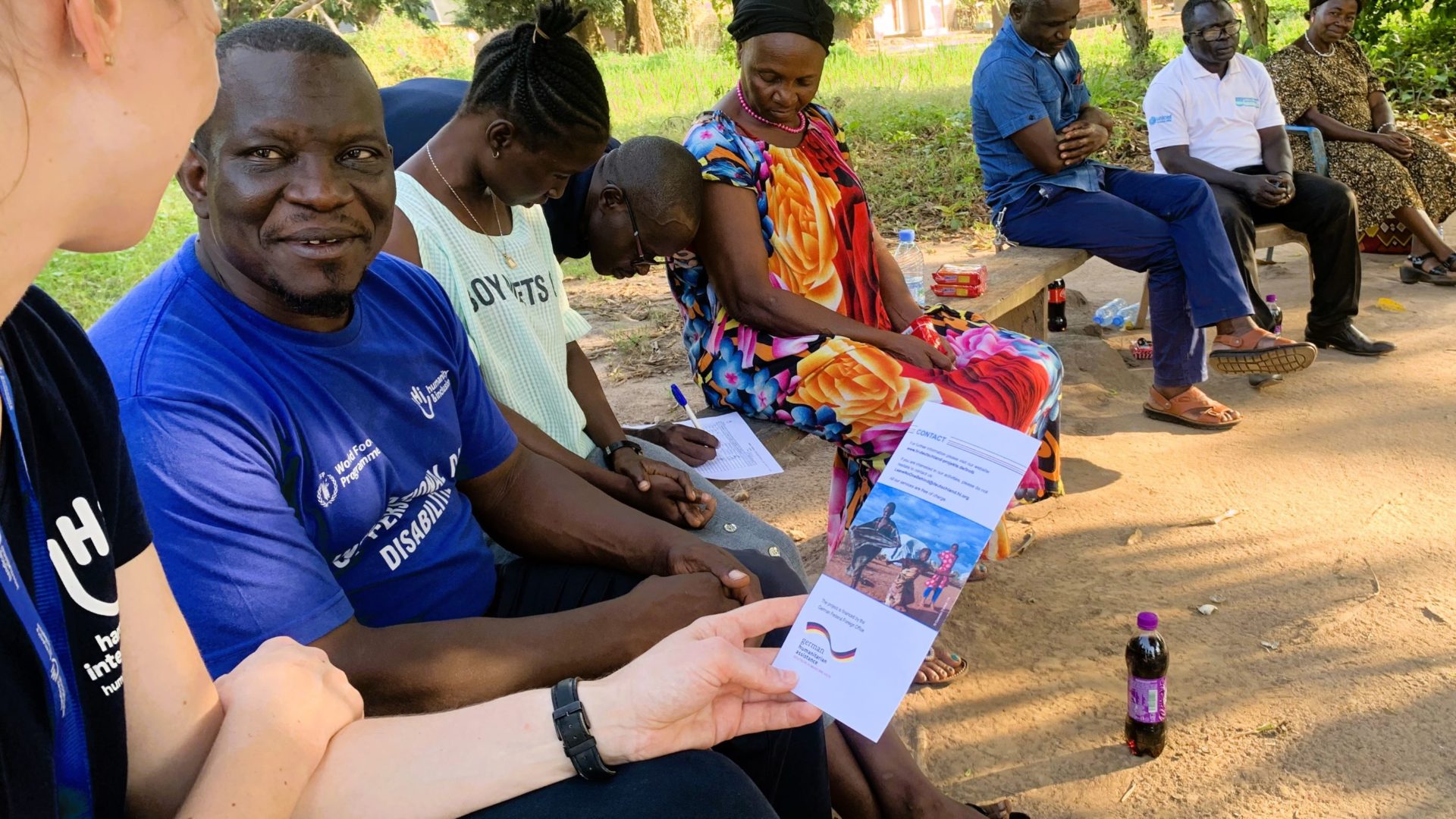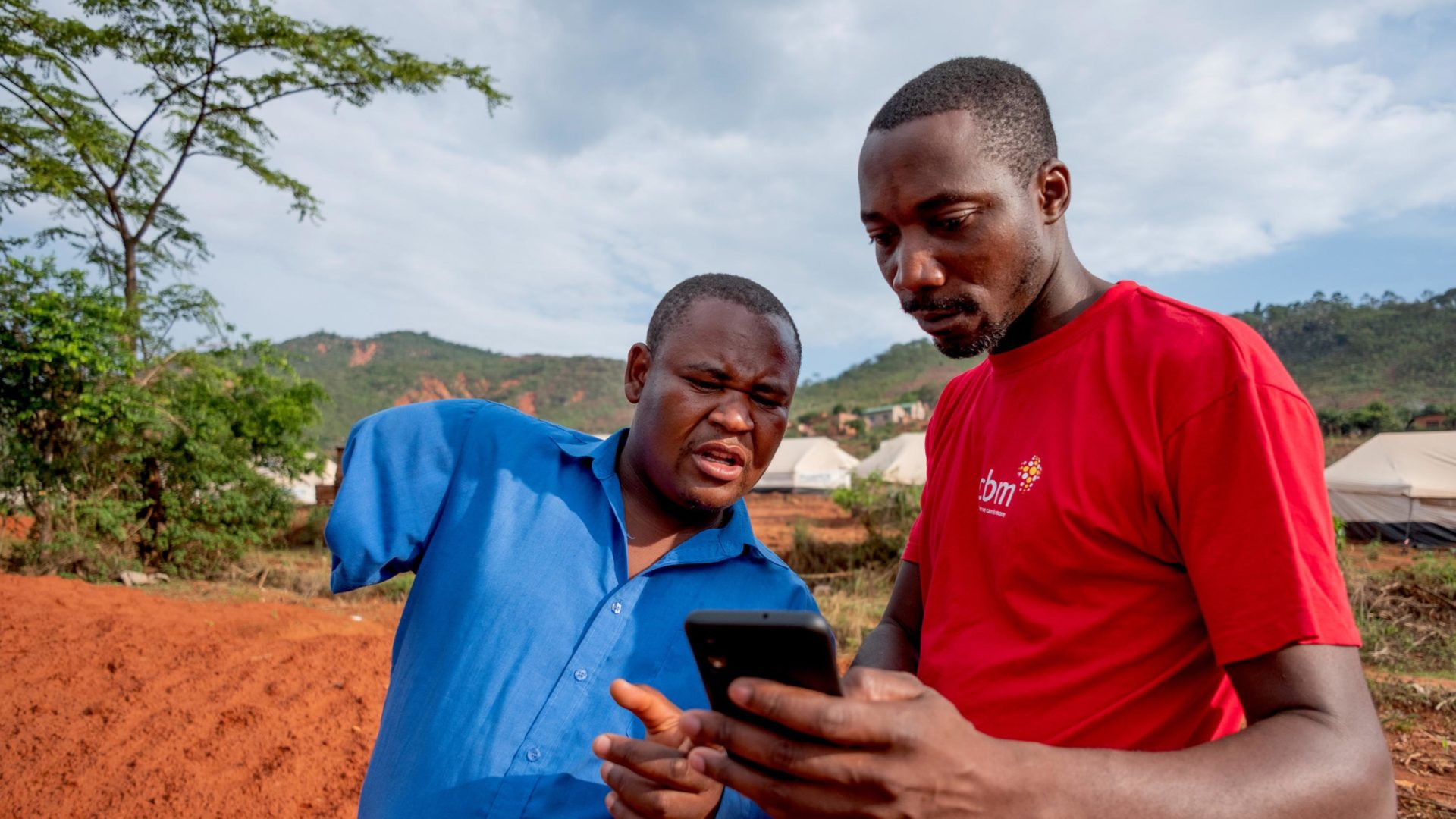
© Daniel Hayduk / CBM
Project Countries
Our goal is to enable the uptake of the IASC Guidelines on Disability-Inclusion for lasting impact through side-scaling and localization.
As part of this, we are continuing our work in the six project countries: Somalia & Somaliland, South Sudan, Uganda, Niger, Nigeria and Cameroon. Additionally, regional trainings and workshops in East and West Africa are organised.
Our pilot activities of Phase 3 have successfully addressed gaps and supported humanitarian actors to become more disability-inclusive. Phase 4 builds on those successes by integrating disability into humanitarian country coordination systems, promoting the uptake of existing tools, and side-scaling into the WASH, Health and Food Security sectors. It also supports Organisations of Persons with Disabilities (OPD's) to meaningfully engage in these activities and the humanitarian responses.
What We Do
Strengthening of disability-inclusive coordination at country level
- Facilitating and strengthening of localised technical support mechanisms and disability working groups in 6 project countries
- Capacity strengthening of key stakeholders on inclusive humanitarian coordination
- Advancing peer-learning opportunities and supporting OPDs to meaningfully engage in humanitarian coordination systems
Development, uptake and localisation of programming tools and guidance
- Development and roll-out of sector-specific toolsets for Food Security, WASH, Health, and Protection programming
- Organising and supporting sector-specific trainings and tool adaptation workshops on regional, country and local level
- Collaborating with and supporting selected OPDs on country and regional level for uptake, development and localisation
Enhancing capacities and addressing barriers for OPDs to meaningfully participate in the humanitarian system
- Trainings, coaching and peer-exchange to selected OPD's in 6 project countries to strengthen their skills, knowledge and technical confidence
- Providing small-grants or specific collaboration agreements for selected OPDs to collaborate meaningfully in the project activities
Project Countries
The interactive worldmap shows the project regions. More information of each country is available by clicking the name of the country.
Our Pilot Regions

© HI
East Africa
In East Africa, our pilot countries are Somalia and Somaliland, South Sudan and Uganda. The activities are coordinated by HI.
In Eastern Africa, conflict and violence as well as climate change and disease outbreaks have continued to force people to flee their homes. According to OCHA, by November 2024, over 20 million people in the region have been displaced internally, with Sudan, the world’s largest displacement crisis, accounting for 57 per cent of this total. Additionally, more than 5.6 million people are hosted as refugees or asylum seekers within the region.
The region is experiencing also a major food insecurity crisis. The number of people in need of humanitarian assistance in East Africa has drastically increased in recent years.

© CBM
West Africa
In West Africa we will address the bordering regions of Niger, Nigeria and Cameroon. The activities are coordinated by CBM.
This region is described as Lake Chad Region (Chad as a fourth country will not be directly addressed). While a Humanitarian Response Plan (HRP) for each of the three countries is in place, the crisis itself can be seen as a regional crisis with considerable spill-over effects from one country to the other. As part of this crisis there is a large number of Internally Displaced People (IDPs) within each of the affected countries as well as considerable refugee movement from one country to another.
Contact Persons for Pilot Countries


West Africa
Laura Masuch
Project Coordinator inclusive Humanitarian Aid / CBM
E-Mail: Laura.Masuch@cbm.org